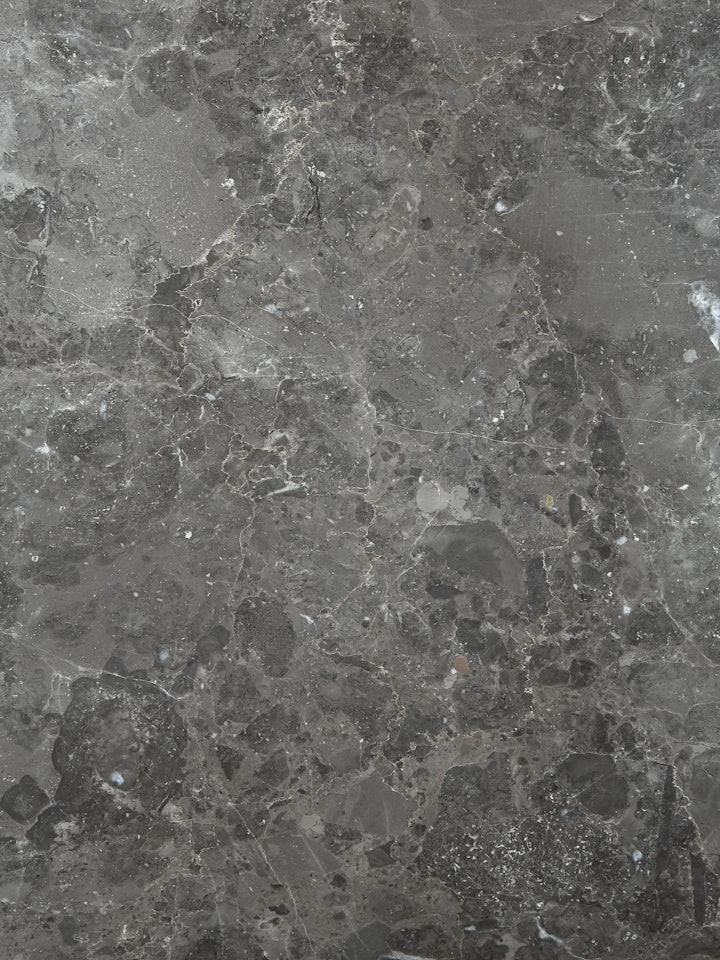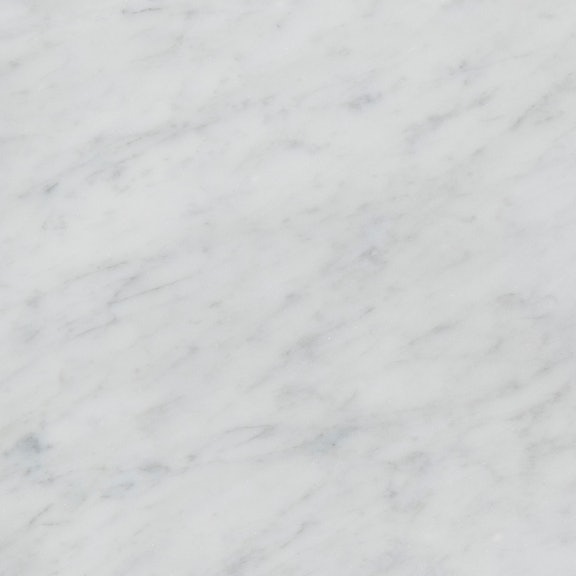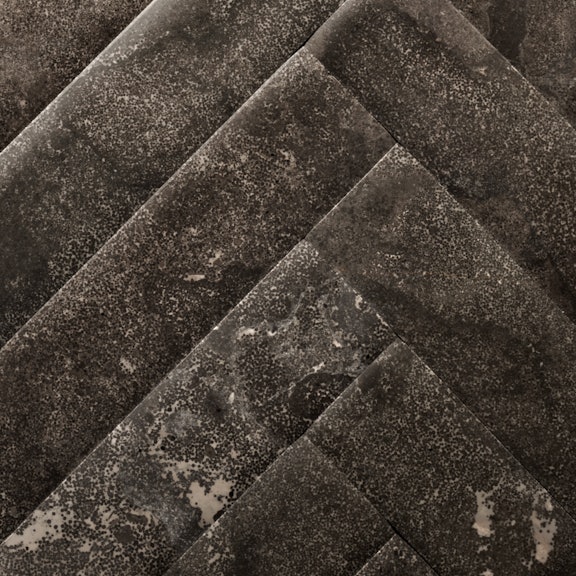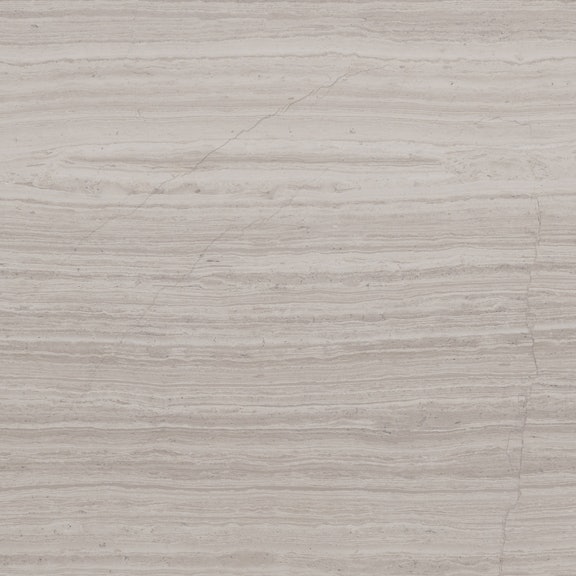The definitive guide to cleaning exterior stone paving and tiles
03.2022
Natural stone adds understated elegance to patios, gardens and other outdoor spaces, but how do you look after it?
The importance of cleaning outdoor flooring
Natural stone is a popular choice in construction and landscaping as it is ideally suited to outdoor usage, given it is hardwearing, versatile and creates an elegant and luxurious atmosphere.
Tough as it is, however, the weather and passing of time inevitably leave their mark and can change the look of stone, particular when it comes to ground paving. Like any material, when continuously exposed to the elements and everyday usage, it will become dirty, so it’s important to know how to mitigate the effects.
We also have to consider that any outdoor floor surface is likely to be subject to greater wear and tear than its internal equivalent. You will have additional elements to contend with, from moss and mould to oil, mud and animal stains.
To ensure your patio, paving or courtyard remain looking glorious throughout the years, there are a handful of products to avoid and just a few simple procedures to follow. We take a look at exterior flooring cleaning and maintenance in this article.

The advantages of exterior stone flooring
There are a wide range of materials to choose from if you are thinking about outdoor flooring, but before you make that choice, you should think carefully about which is best able to withstand the constant foot and vehicle traffic that will pass over it, and of course weather extremes such as rain, humidity, snow and scorching sun.
It is hard to find a better solution than natural stone as this wonderfully tough material can stand up to:
- Wear and tear
- Extreme temperature variations and weather conditions
- Heavy pressure and weights
- Chemical substances
On top of these essentially practical considerations, it is incredibly long-lasting and pleasing on the eye, upping the style credentials of any outdoor space. What could be more elegant than a garden path in Bianco Carrara, for example?
However, like any material, regular maintenance is key to looking after a product and ensuring it maintains its original characteristics.

The enemies of natural stone
Cleaning exterior stone paving or tiles is not particularly complicated, but you need to be aware of a few products that could damage it. At all costs, you should avoid using:
- Acids
- Aggressive or harsh bleaches or detergents
- Anti-limescale products
Any acid-based cleaning products are definitely a no-go area, and the list here includes not only hydrofluoric and hydrochloric acid but also natural products such as lemon, vinegar and alcohol. These contain unsuitable pH levels that can cause stone to corrode over time and destroy the wonderful quartz traces that are such an intrinsic and special element of stones such as our Gris du Marais® and many others.
Harsh detergents and bleaches are also to be avoided as these can take the sheen off stone and make it look tired and dull.
The other thing to remember is that most types of natural stone, even marble, are actually derived from limestone so if you were to use anti-limescale products on them, you would remove the intrinsic calcite minerals at the same time and could end up with holes and cavities.

Regular maintenance
One of the tricks to ensuring your stone flooring retains its lovely appearance throughout the years is regular cleaning with the right products and these should always be neutral detergents.
Before applying any cleaning product, test it on a small, inconspicuous area and if you are satisfied with the result, then go ahead and clean the entire floor or pavement.
We have used Fila products for many years on our natural stone tiles. Their range includes a variety of detergents and cleansers designed for specific tasks, such as degreasing, cleaning a newly-laid floor, protecting stone from humidity or dampness and providing protection from oil and water staining.

How to clean mild stains
Stone that is laid outdoors will of course become dirty given that often it will be used for driveways, gardens, swimming pools, paths and areas such as courtyards and patios. The first thing to do is remove any dirt, dust or earth with a broom or outdoor vacuum cleaner.
At this point, you should only need to use water and soap, rubbing the mark with a cloth. A neutral detergent is your best bet here because it cleans more deeply and thoroughly and won’t leave a “halo effect” stain.
Regular cleaning only calls for delicate products and once you have finished, ensure you wash the area with an abundant quantity of clean water to remove any residual detergent. If you have a large area to cover, a pressure washer is the ideal solution.

How to remove stubborn stains
Unfortunately, no matter how attentive you are, you may occasionally find yourself looking at a stubborn mark on your stone patio, path or driveway, because the very nature of its location means it will inevitably be exposed to substances such as oil and grease, or if you enjoy al fresco dining, food and wine.
To remove stains from natural stone, the first step is to dry the mark as soon as possible before you attack it with an alkaline-based detergent, diluted with plenty of water. The best approach is to spray the spot or apply the detergent with a brush.
If a stain is particularly oily, leave the detergent on it for around ten minutes so that it absorbs the oil fully, then scrub it vigorously with a soft brush and a generous quantity of water. We recommend a product such as Fila PS87 PRO on exterior stone paving, as it is an effective degreasing agent that won’t damage the stone itself.

How to remove mould and protect stone paving against damp
Things get a little more complicated if you have to remove mould, lichen or algae from your beautiful stone paving. It’s hardly surprising that such substances form on surfaces that are constantly exposed to the elements, and the trick here is to adopt a prevention or early intervention policy.
You may at first notice a small, faint dull spot, but gradually it will expand, darken and become incrusted and difficult to remove. So how do you remove mould from natural stone? Defence is the best form of protection, which is why we always recommend that you apply an oil-and-water-repellent treatment such as Fila HYDROREP ECO to any stone surface that is likely to come into frequent contact with water. This will allow the stone to breathe, but at the same time act as a barrier against oil and water and help prevent the dreaded efflorescence, which is the white crystal-like coating you may see on exterior stone, brick and stucco surfaces.
If mould has already formed, use a specific detergent such as Fila Active, which is formulated to remove nasty mould marks without damaging the stone. The procedure here is the same as for stains. Firstly, remove any dust and dirt from the surface, apply the product, leave it to perform its magic and then rinse it off thoroughly using clean water.





